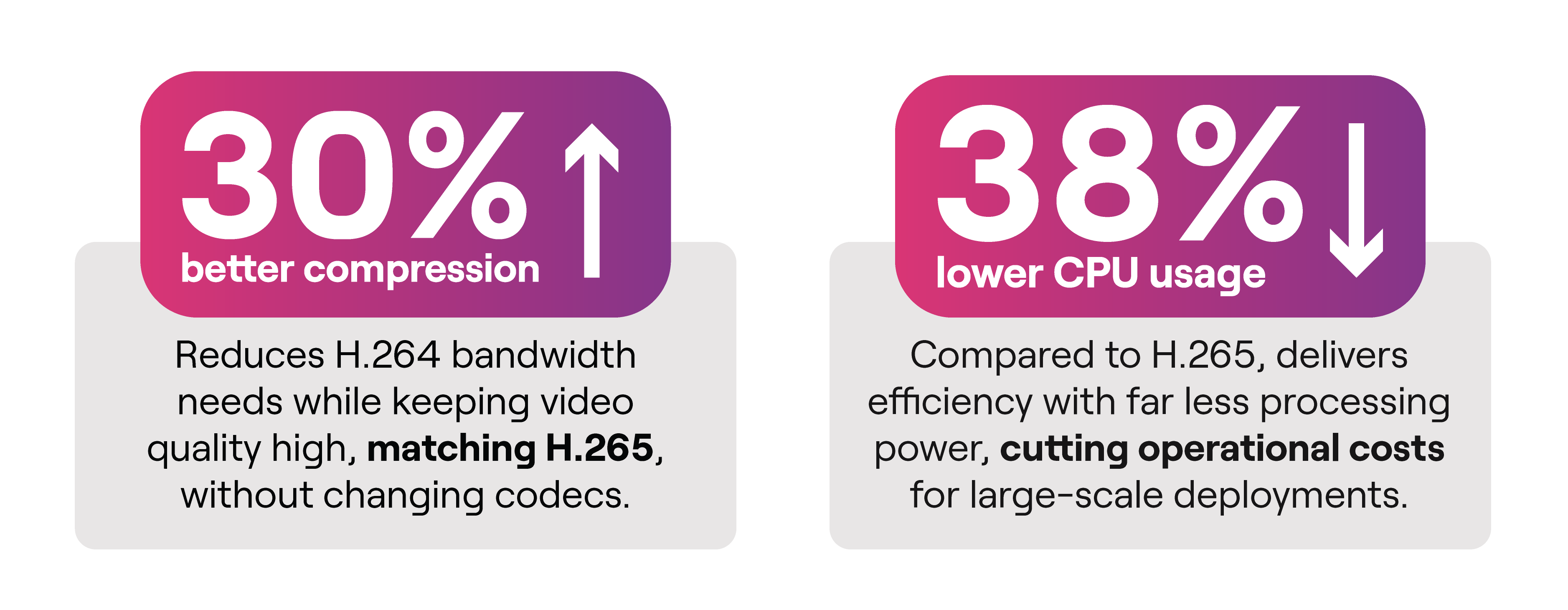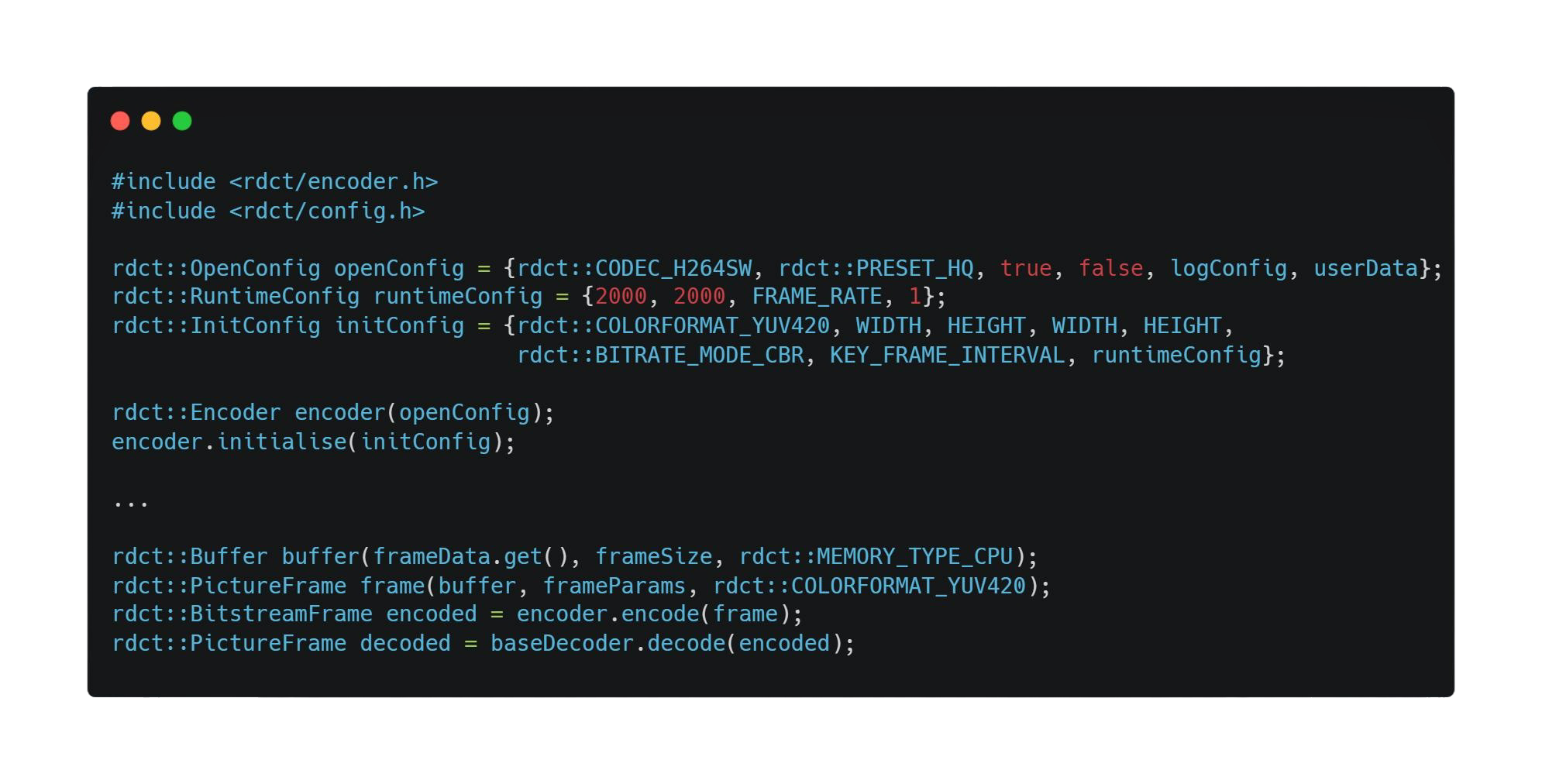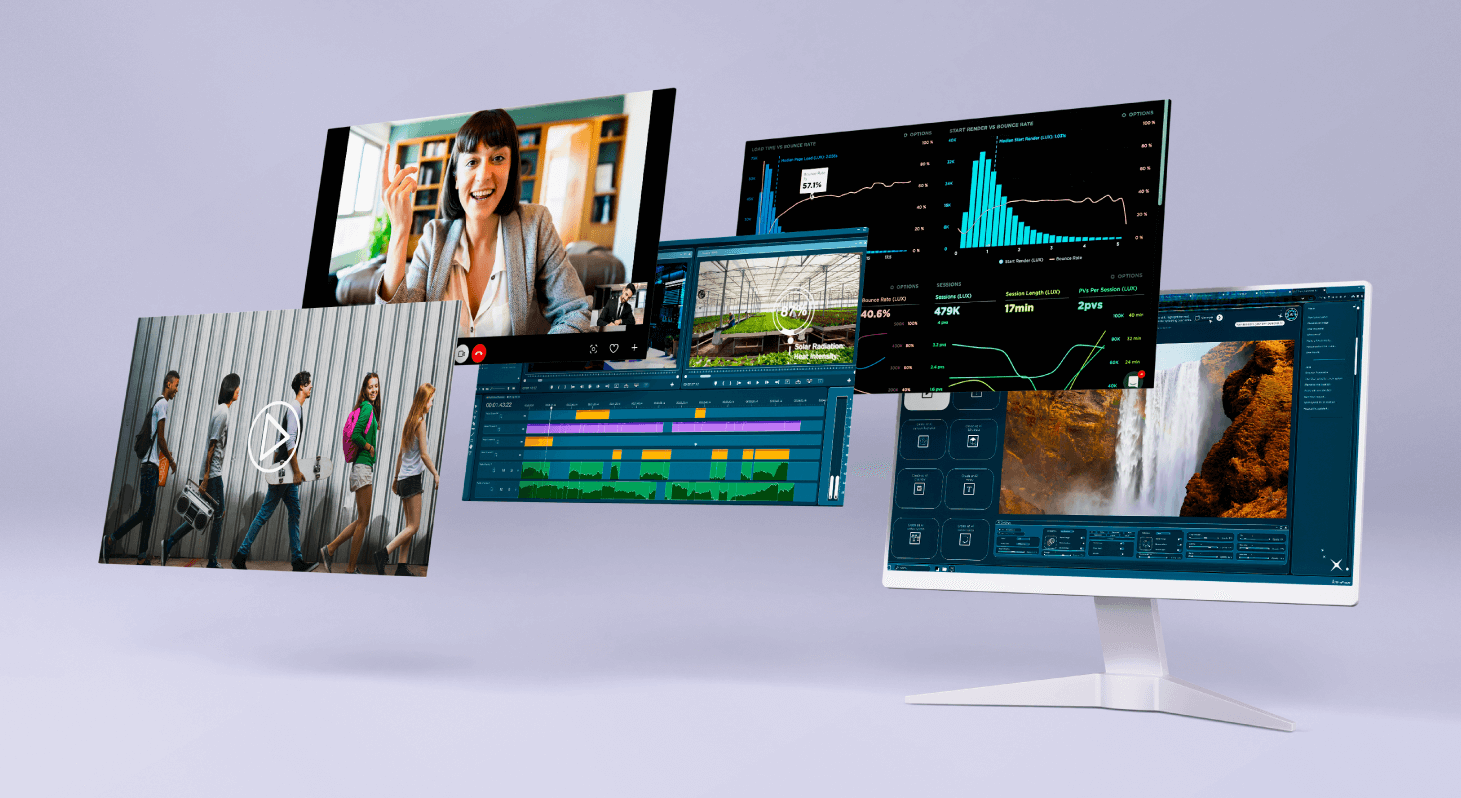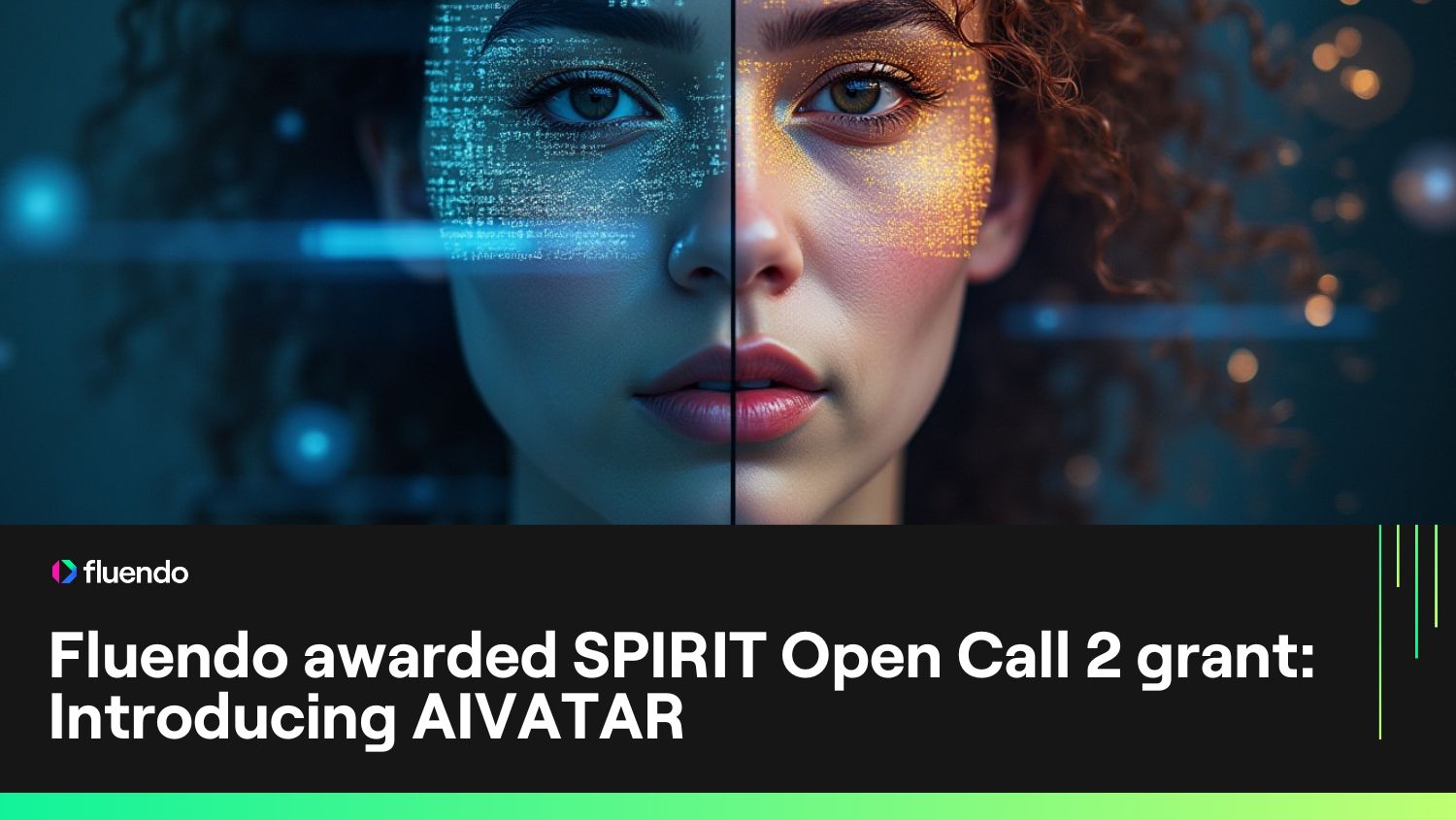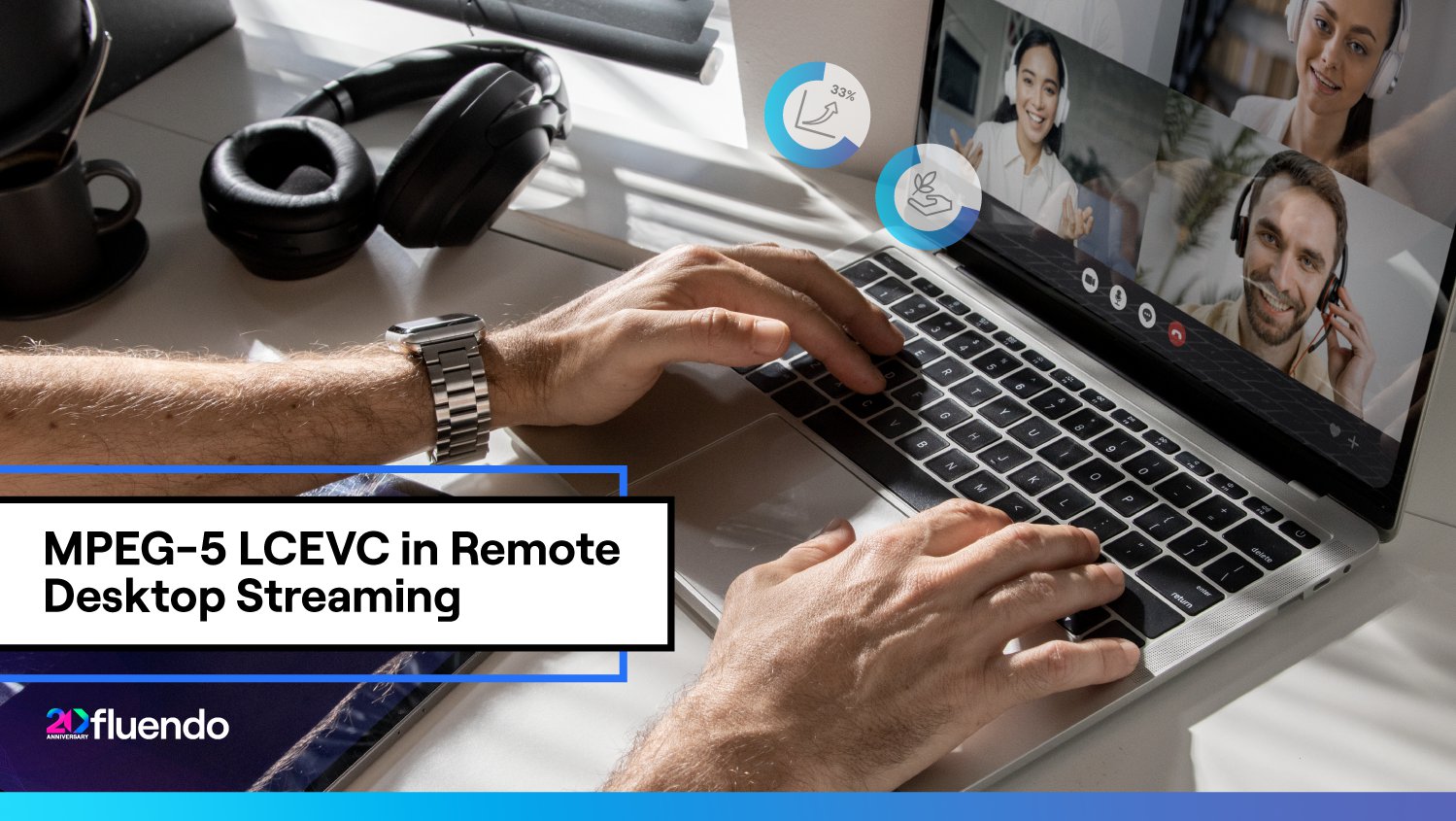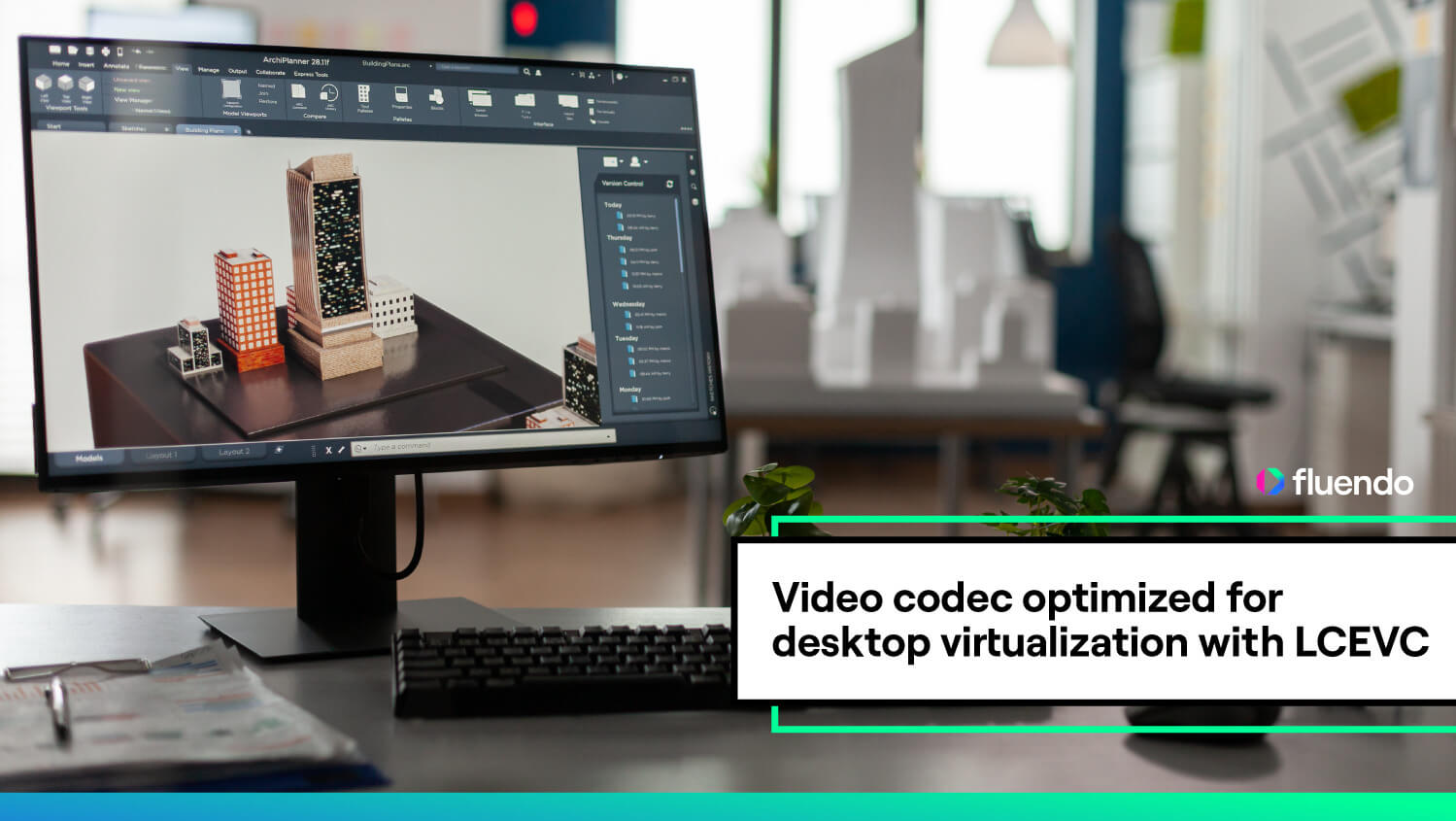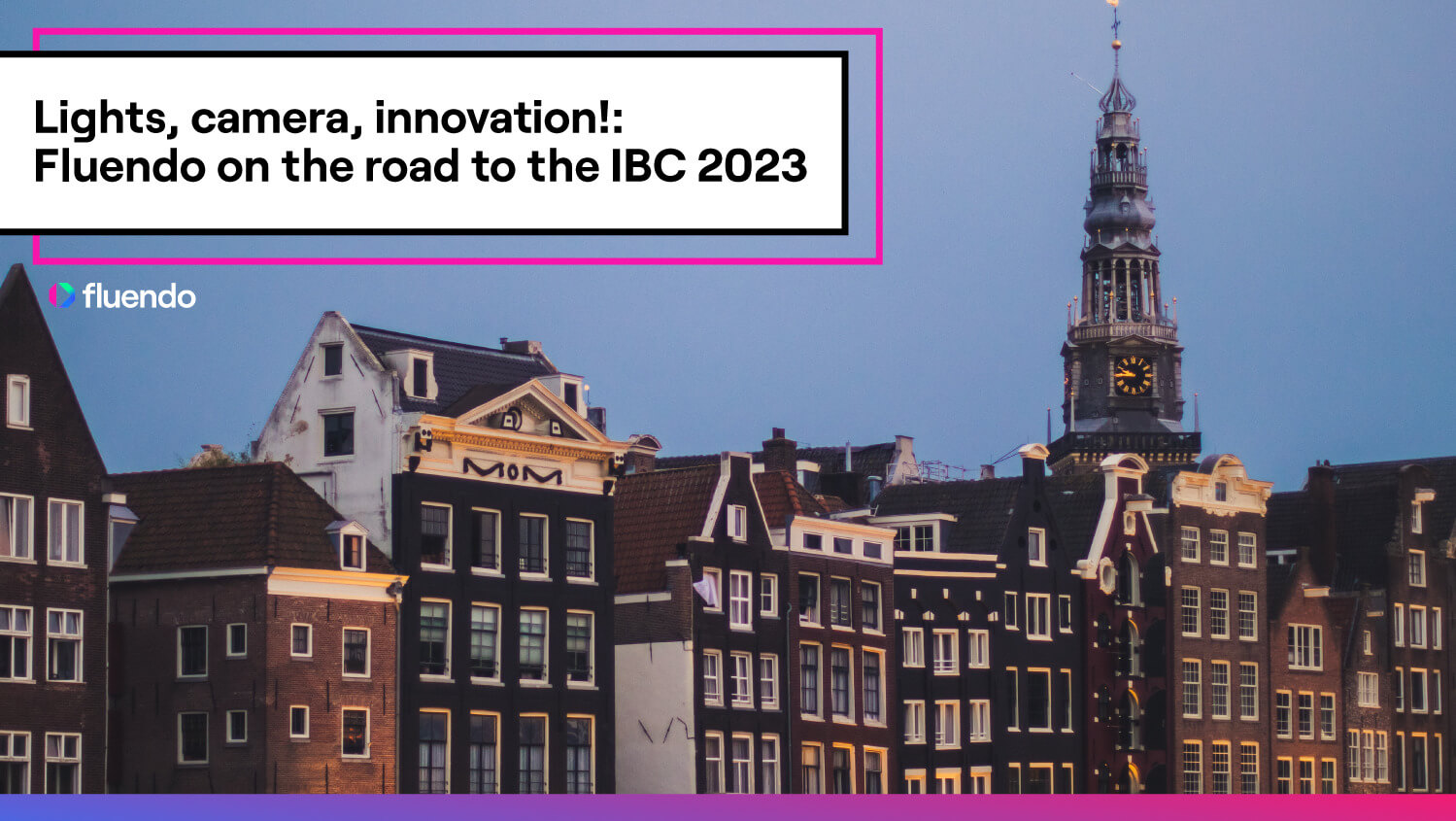
DaaS & VDI enhancement with Fluendo’s Remote Desktop Coding Tools (RDCT)
daas-vdi, remote-desktop-coding-toolsDaaS & VDI platforms must continually optimize for performance, scalability, and user experience. These platforms face increasing challenges due to high-resolution content delivery, fluctuating network conditions, and the growing demand for cost-effective scalability. Standard video codecs often present trade-offs between visual fidelity and …




